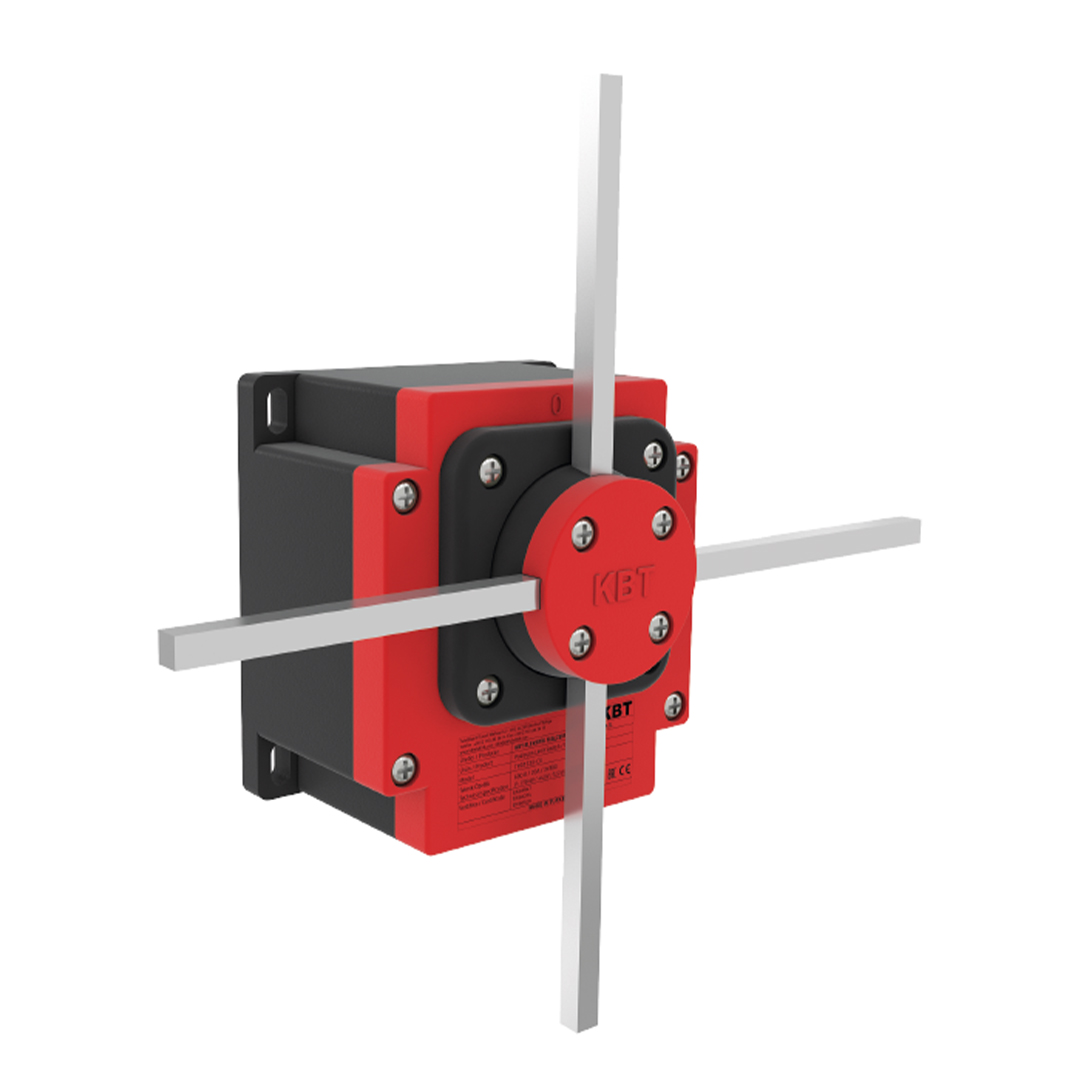A crane limit switch is a crucial safety feature of a crane that is used to limit the movement of the crane's load-bearing equipment. It is designed to prevent the crane from overloading and causing damage to the crane or the load. This article will provide an overview of crane limit switches, including their function, types, and applications.
Function of Crane Limit Switch
 The primary function of a crane limit switches is to prevent overloading of the crane's equipment. It does this by interrupting the electrical circuit that controls the crane's lifting equipment when the weight limit has been exceeded. When the weight limit is reached, the crane limit switch sends a signal to the crane's control system to stop the lifting operation, preventing the crane from causing damage or endangering the operator and the surrounding area.
The primary function of a crane limit switches is to prevent overloading of the crane's equipment. It does this by interrupting the electrical circuit that controls the crane's lifting equipment when the weight limit has been exceeded. When the weight limit is reached, the crane limit switch sends a signal to the crane's control system to stop the lifting operation, preventing the crane from causing damage or endangering the operator and the surrounding area.
Types of Crane Limit Switch
There are two main types of crane limit switches: the mechanical limit switch and the proximity limit switch.
-
Mechanical Limit Switch: A mechanical limit switch is a type of switch that is activated when a physical object comes into contact with it. In the case of a crane limit switch, a mechanical switch is placed at a certain point on the crane's lifting equipment. When the lifting equipment reaches this point, it activates the switch, which sends a signal to the crane's control system to stop the lifting operation.
-
Proximity Limit Switch: A proximity limit switch is a type of switch that is activated by the presence or absence of an object in its vicinity. In the case of a crane limit switch, a proximity switch is placed at a certain distance from the lifting equipment. When the lifting equipment reaches this distance, it activates the switch, which sends a signal to the crane's control system to stop the lifting operation.
Applications of Crane Limit Switch
Crane limit switches are used in a variety of applications, including:
-
Construction: Limit switches are commonly used in construction cranes to prevent overloading of the crane's equipment during the lifting of heavy loads.
-
Manufacturing: In manufacturing facilities, limit switches are used in overhead cranes to prevent overloading and ensure the safe movement of heavy materials.
-
Warehousing: In warehouses, limit switches are used in gantry cranes to prevent overloading and ensure the safe movement of heavy items.
-
Shipping and Logistics: Limit switches are also used in shipping and logistics operations, where they are used in dockside cranes to prevent overloading and ensure the safe handling of cargo.
In conclusion, crane limit switches are an essential safety feature in cranes used in various industries. They help prevent overloading of equipment and ensure the safe operation of the crane, protecting operators, equipment, and the surrounding area. There are two primary types of crane limit switches: mechanical and proximity, each with their unique applications. It is crucial to use the appropriate limit switch based on the specific application to ensure the safe operation of the crane.